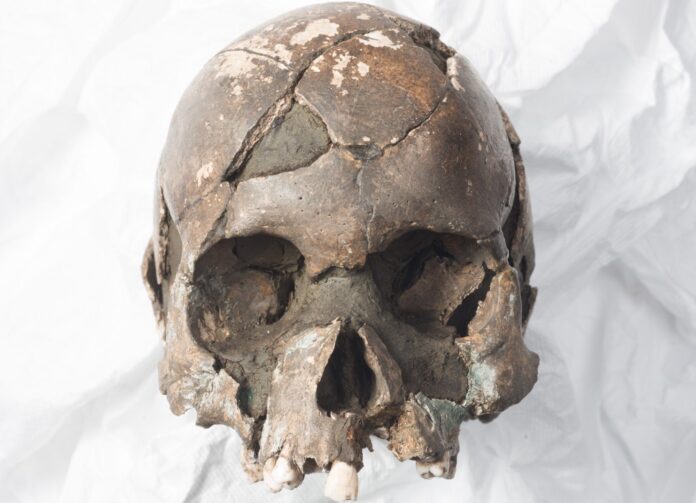

Archaeologists have recently discovered a chilling evidence of cruelty in the Middle Ages in Milan: the skeleton of a young man between the ages of 17 and 20 years, carrying unambiguous signs for one of the most brutal and implementation methods in history.
The remains, dating back to the thirteenth century, revealed a horrific story engraved in the bone – a story of deliberate systematic torture that ended with a failed implementation.
Discovery, detailed in a Ticket It was published in the Journal of Archaeological Sciences, by scientists from the University of Milan. The team, which included Christina Katano and Mirko Mattia, found similar fractures in the outskirts of the victim in line with the use of “torture”, also known as Catherine’s wheel, a device designed to create maximum pain by systematically crushing the body’s bones.
The wheel was a favorite tool for implementation in Europe from ancient times to the Middle Ages, and is often used against those accused of specially serious crimes. The victims are usually linked to a wheel and their limbs were destroyed with heavy tools.
Then the shattered limbs were woven into the wheel speaker, which was then raised to the top, leaving the convicted person to die slowly due to his injuries. In some cases, torture continued for several days, with the victim suffering from the elements and pulling.
More examination of Milan skeleton open Additional injuries: a deep fracture at the base of the skull, probably due to a violent blow during a clinical attempt when beheading. This indicates that the executioner, perhaps in an attempt to end the suffering of the victim, dealt with her with a fatal and fatal strike, albeit very accurate.
Interestingly, the young man was suffering from physical anomaly, including short stature and cranial deformities, which may have made him stand out in society.
During times of plague and social disorders, these differences often led to accusing people of spreading the disease or magic. Researchers speculate that social discrimination may play a role in its heinous fate, which reflects the dark side of the Middle Ages.
This discovery represents the first archaeological evidence of implementation on the wheel in northern Italy in the Middle Ages

